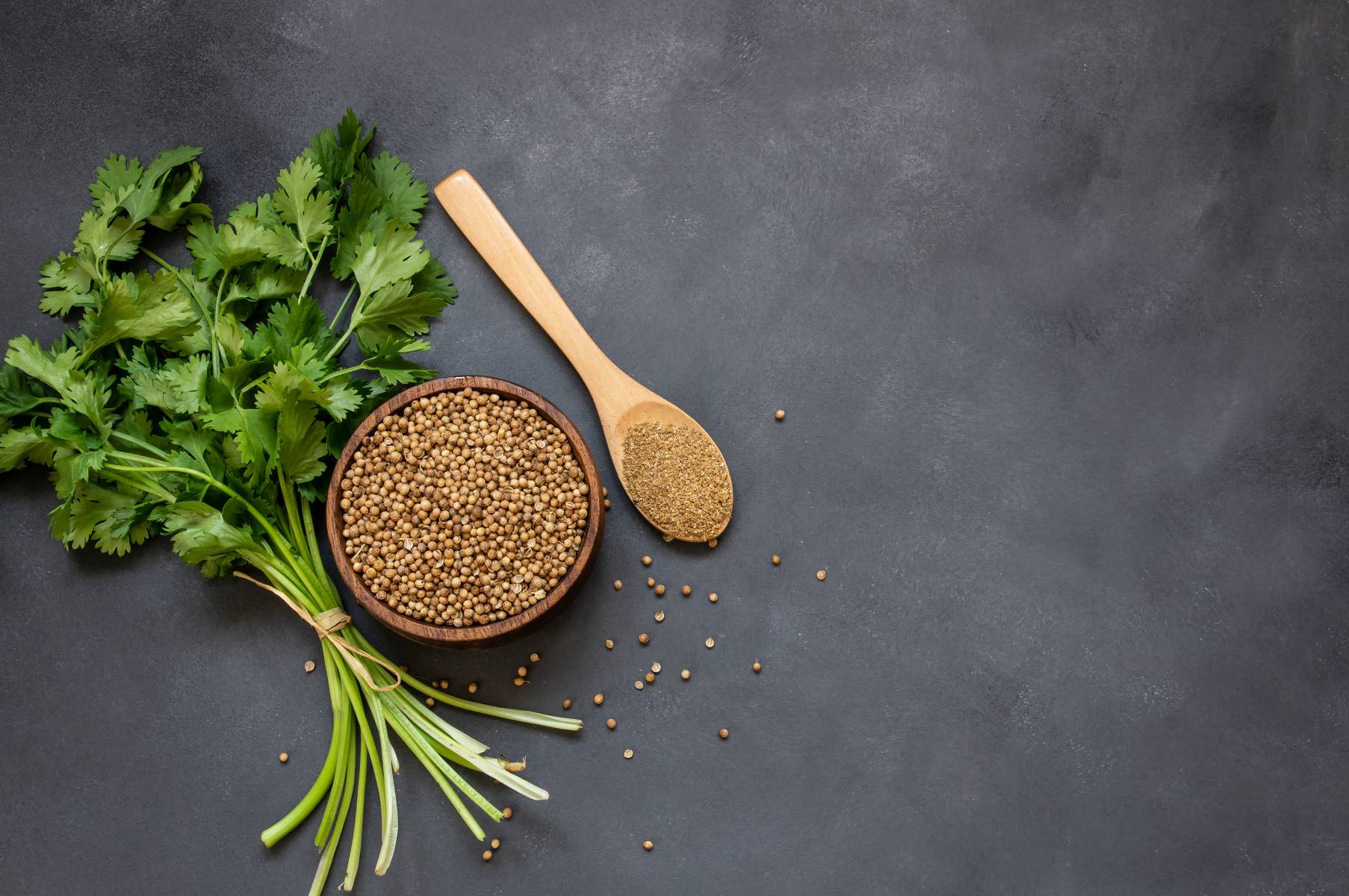If you use coriander or cilantro seed for cooking you know spices can be expensive, especially organic. Coriander is the easiest spice to grow, which is good news! Today I’m going to talk about how I quickly pick coriander from my garden, how to tell when it’s ready, and how to dry, store, and use it.
First, if you haven’t heard of coriander before, you might be interested to know that it comes from the cilantro plant, which is the king of all salsa recipes.
Let go of your sadness when your cilantro bolts and dies. You not only got an extra harvest of spices, but you can also plant the seeds for another crop of cilantro.
Coriander is also called Chinese parsley, cilantro seed, or dhania. People have used it since at least 1550 BC. It is commonly found in Indian food, German sausage recipes, some African dishes, pickling spices, and is even one of the original secret ingredients in Coca-Cola.
Coriander seeds are the dried fruit of the coriander plant, also known as cilantro when referring to the fresh leaves. These aromatic seeds are valued both for their use as a spice and their ability to grow into cilantro. With their warm, citrusy flavor, coriander seeds are a versatile ingredient utilized in cuisines around the world. However, like any dried spice, maintaining maximum flavor and shelf life requires proper storage methods.
Why Proper Storage Matters
Improperly stored coriander seeds will gradually lose their flavor and aroma over time. Exposure to oxygen, light, moisture or temperature fluctuations can cause the volatile oils in coriander seeds to dissipate, robbing them of their vivid fragrant qualities. Follow optimal storage practices, and coriander seeds can retain optimum potency for up to 4 years. Ignore storage best practices, and their flavor and viability may deteriorate in just a few months.
Tips for Storing Coriander Seeds
Here are some tips for getting the most out of stored coriander seeds
Use Air-Tight Containers
Air exposure causes coriander seeds to stale quickly, so storing them in airtight containers is a must. Glass jars or plastic containers with tight sealing lids help block air flow and moisture. For an added layer of protection, slip a small desiccant pack into the jar to absorb any excess humidity.
Keep Them Cool
Ideally, coriander seeds should be stored at around 60°F to 70°F. Lower temperatures are preferable for long-term storage. An easy option is to keep the sealed glass jar or container in the refrigerator. For short-term pantry storage, a cool, dark cupboard works too. Just avoid warm environments which hasten deterioration.
Store Seeds Whole
Whole coriander seeds retain flavor significantly longer than pre-ground. Keep seeds whole until ready to use. Only grind what is needed for a recipe. This avoids exposing unused ground seeds to air which speeds staling.
Keep Them in the Dark
Light can degrade and discolor seeds. Use opaque, light-blocking containers. For extra protection, wrap glass jars in aluminum foil if storing somewhere light reaches. Keeping them in a dark pantry or refrigerator is ideal.
Control Humidity
Moisture is the enemy of dry seeds. Before storing, make sure seeds are fully dried after harvest. Maintain low container humidity by using desiccants. Silica gel packs are excellent for absorbing excess moisture.
Buy in Smaller Quantities
The longer seeds are stored, the more viability they lose. Buy whole seeds in smaller amounts if you don’t use them frequently. This avoids having old, stale seeds taking up space.
First In, First Out
When restocking, use older seeds first before newly purchased ones. Rotate the stock using “first-in-first out” methodology. Mark jars with dates for easy tracking.
Storing for Replanting
For gardeners planning to replant some coriander seeds the following season, ideal storage focuses on maintaining seed viability and germination rates. Here are some tips:
-
Harvest seeds on a dry, low-humidity day after the seed heads fully mature and dry on the plant.
-
Allow seed heads to further dry out of direct sun for 1-2 weeks after picking before separating the seeds.
-
Prior to storage, make sure no visible moisture or condensation remains on seeds.
-
The ideal storage temperature for seed viability is around 40°F. The refrigerator is a good option.
-
Use an extremely air-tight container and throw in a desiccant pack as added insurance against humidity.
-
Glass jars make it easy to visually monitor seeds over time. Avoid any mold growth or signs of germination.
-
Most seeds remain viable for 2-3 years when stored properly. Discard and replace old seeds for best germination rates.
Maximizing Shelf Life of Ground Coriander
Ground coriander has a shorter shelf life compared to whole seeds. To maximize freshness:
-
Only grind small batches at a time, like what is needed for a recipe.
-
Immediately store unused ground coriander in an airtight container in a cool, dark place.
-
Consider keeping whole seeds and grinding them as needed with a mortar and pestle or small coffee grinder.
-
For long-term storage, freeze excess ground coriander in airtight containers.
-
Properly stored, ground coriander will retain optimum flavor for about 6 months.
-
Watch for fading color or loss of aroma as signs it may be past its prime.
Signs Your Coriander Seeds Have Gone Bad
It is important to be able to identify when stored coriander seeds start to go bad. Here’s what to look for:
-
Fading from vibrant tan-brown to a dull, pale color
-
Loss of the characteristic citrusy, slightly sweet aroma
-
Appearance of white spots or fuzzy mold
-
Much weaker flavor and aroma when ground
-
Bitter, unpleasant taste instead of the expected nutty, warm flavor
-
Seeds that feel light, shrivelled or break easily
-
High amounts of seeds floating during a viability test
Enjoy Coriander’s Unique Flavor
With proper storage methods, it is possible to retain coriander seeds’ unique flavor and viability for years. Keep them in cool, dark, and dry conditions for best longevity. Grind small batches weekly or as needed to maximize their aroma and taste in your cooking. Implementing good storage practices allows you to enjoy coriander seeds to their fullest with each use.
When Do You Harvest Coriander?
Cilantro grows from a small plant to a huge one that can reach 2 feet tall. It opens beautiful white flowers that attract pollinators and then plants seeds. This usually happens around the 120 day mark, or four months after you’d planted the initial seed.
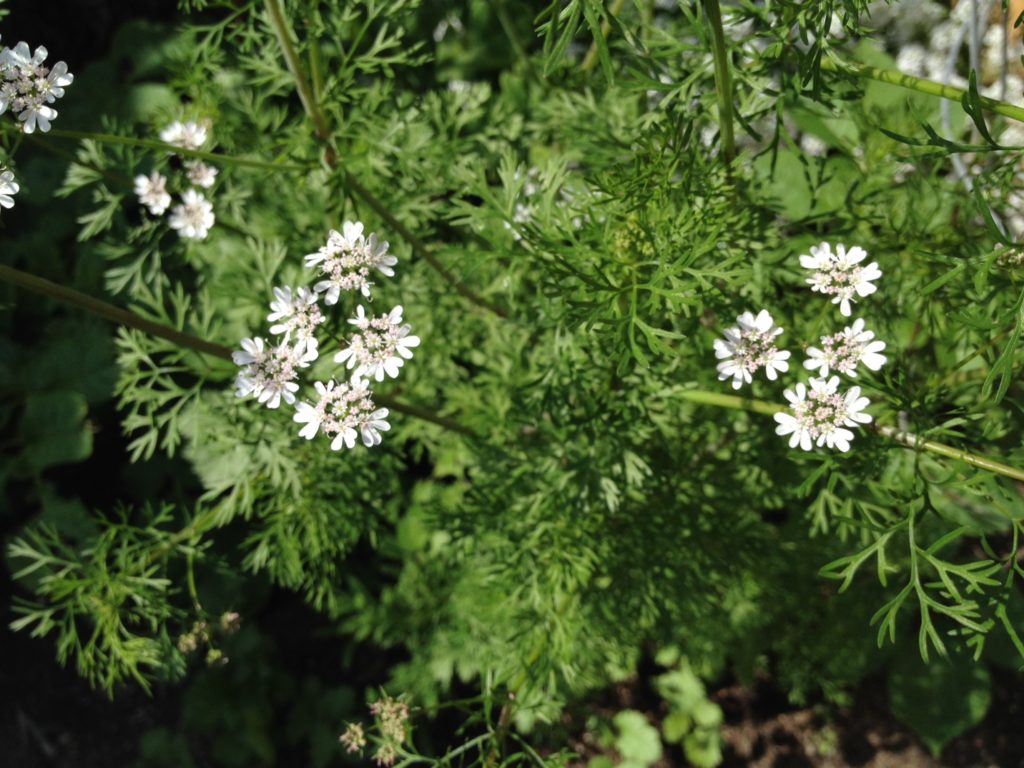
The immature seeds are initially lime green, bitter-tasting to many, and not mature enough to plant. You’ll know they’re ready to harvest when they turn from green, to pink, and eventually to brown.
If you don’t harvest the seeds, they will eventually fall to the ground and grow into more cilantro. This is what they mean by a “self-seeding” crop. Every year, I almost always forget to plant some coriander seeds, so my yard is full of patches of cilantro that grew on their own. It’s not invasive, though, so don’t worry!.
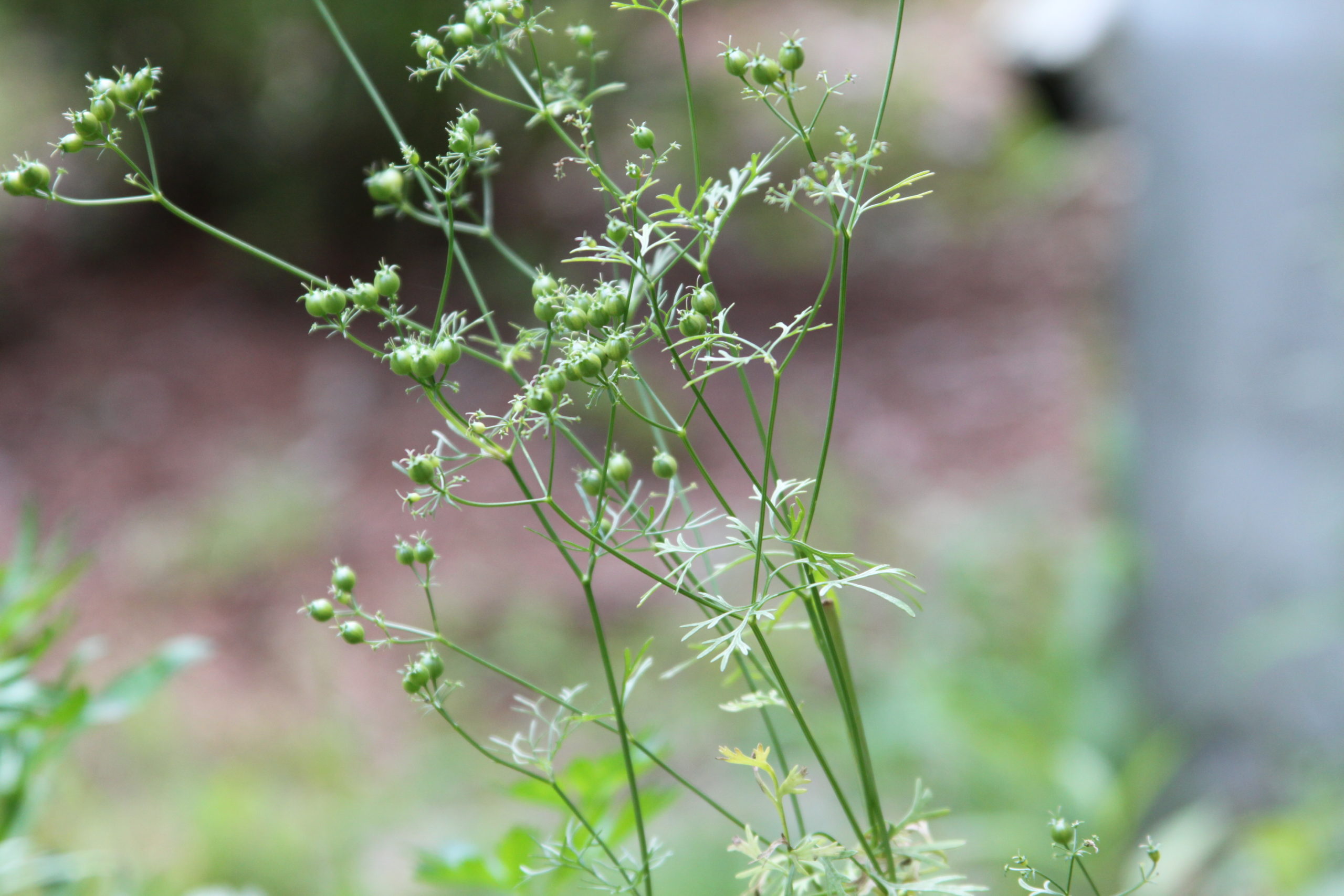
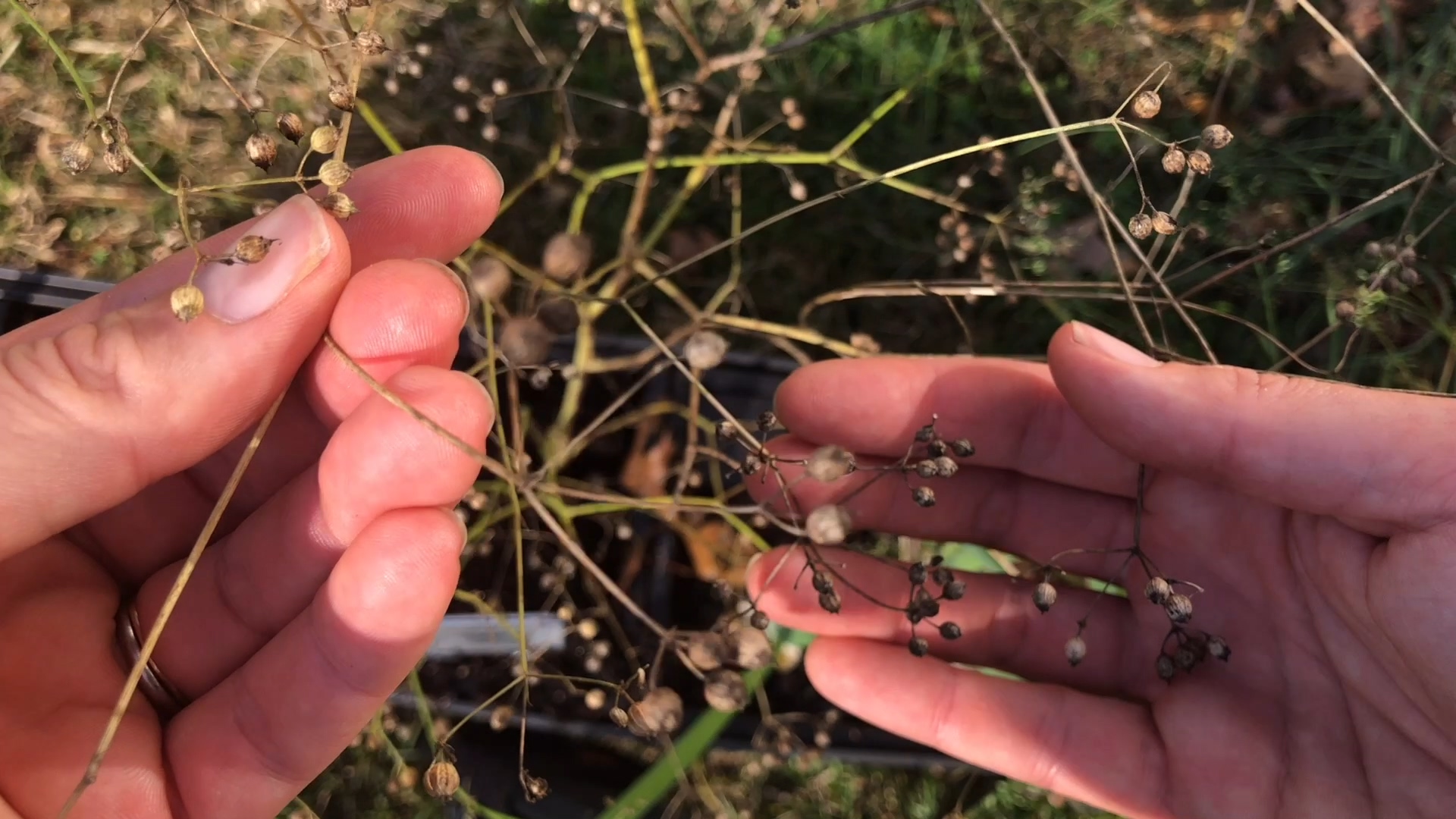
How to Harvest Coriander
If it’s almost winter, feel free to leave the dead plant in the garden. If you don’t clean up your garden in the fall, you’re giving bees, butterflies, and birds, which eat pests, a place to stay over the winter.
In this case, the best way to pick the coriander is to rub the seeds between your fingers until they come off the plant. Make sure to have a large container underneath to catch the seeds.
You can pull the whole plant up by the roots if you need to get rid of it, like when you plant a new crop of cilantro. Use the same rubbing method. You’ll be able to go a little faster since you can put the whole plant over the bowl.
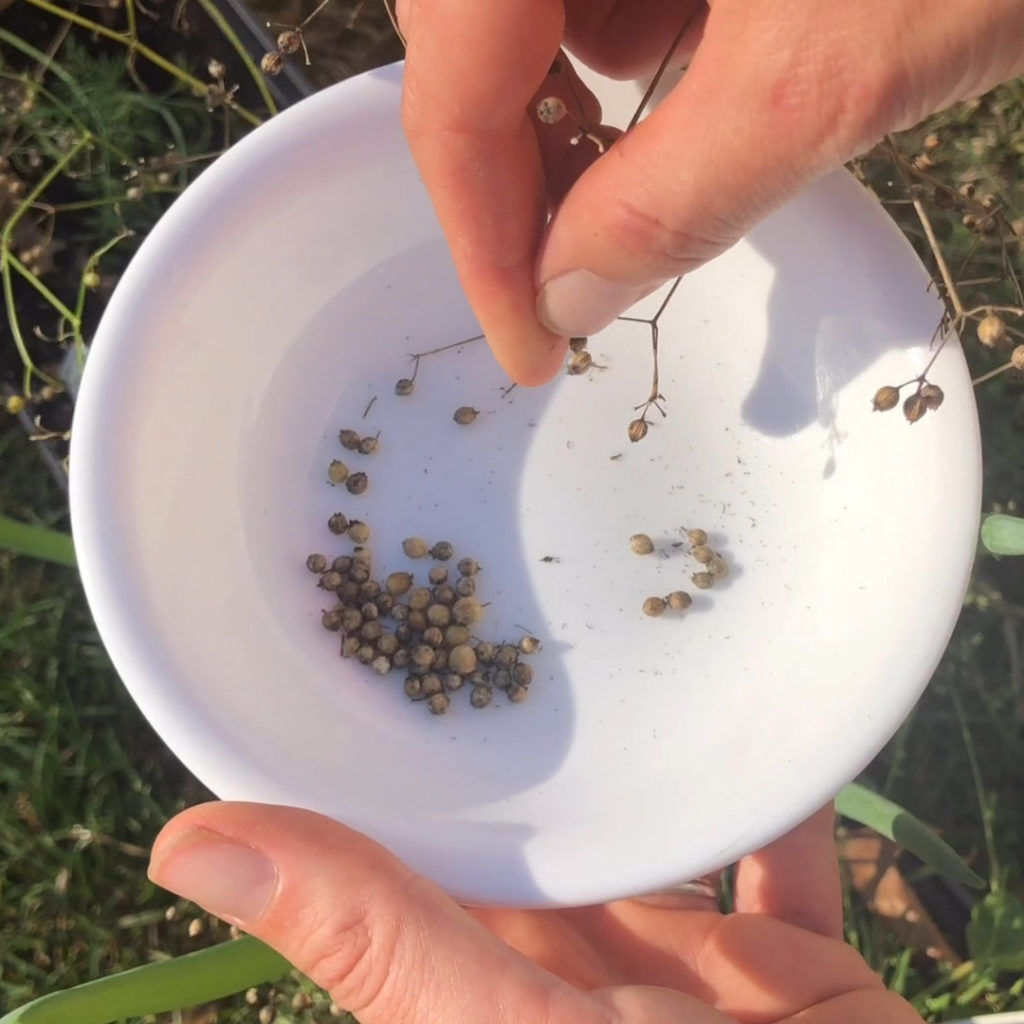
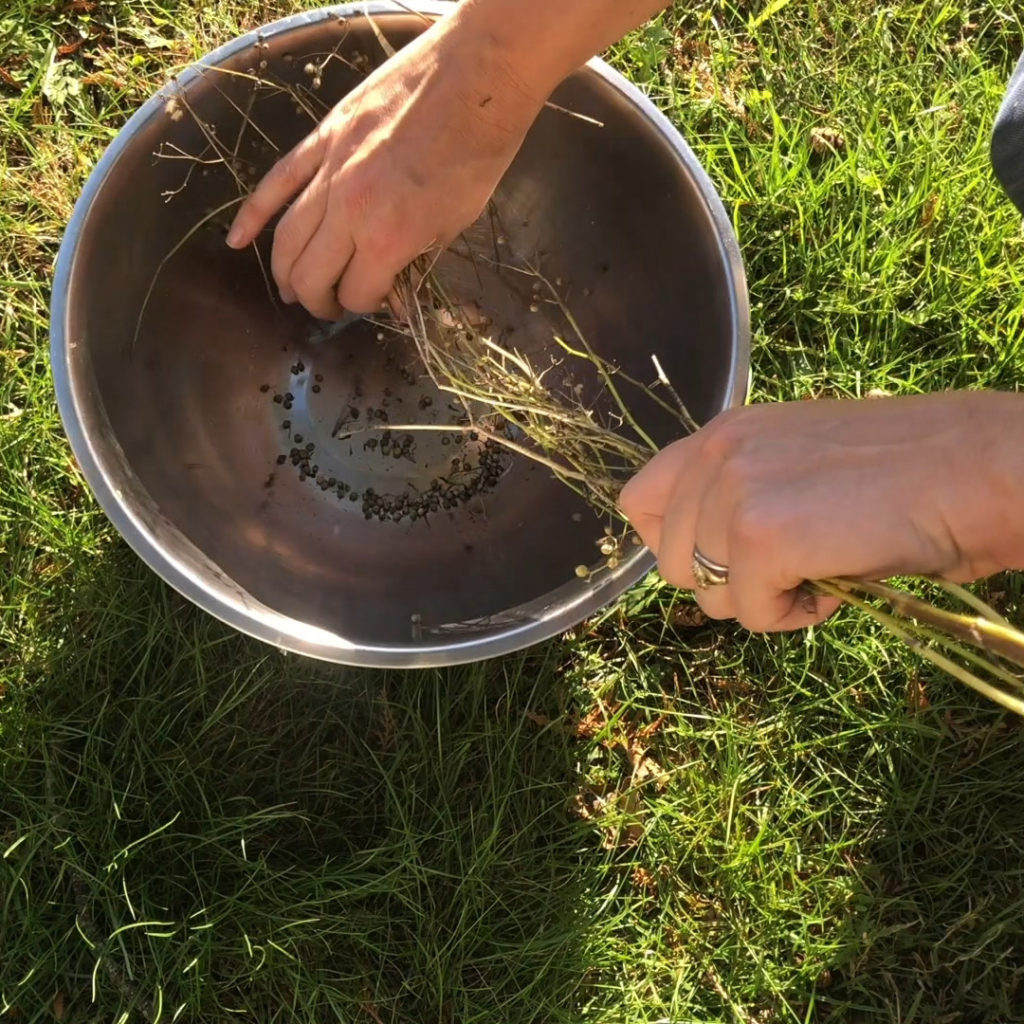
I thought my root didn’t look very tasty, but maybe that’s because it was from an older plant. If you get the chance, try the cilantro root—I’ve heard it tastes like peppery cilantro and is used in Thai food.
How to Grow, Harvest, and Store Your Own Coriander Seeds
FAQ
How do you store fresh coriander seeds?
How long do coriander seeds last?
Do you need to dry coriander seeds?
How to grow coriander seeds?
Harvest coriander seeds when the weather is warm and dry. Gloves, scissors and a container for collecting the seeds. Cut off the stems that hold the seed pods and place them in the container. Spread the seeds on a flat surface and allow to dry for several days. Store in an airtight container in a cool and dry place. 1.
What is coriander & how do you store it?
Coriander is a spice that consists of whole or ground coriander seeds. The coriander plant is also known as cilantro. The ground seed is much easier to use, but has a considerably shorter shelf life than whole seeds. How you store your coriander can have a significant impact on how well it resists spoilage.
How do you store dried coriander seeds?
It’s easy to do, simply let them sit out for at least a week on a dry surface. If you’re harvesting coriander seeds to use for cooking, then you can simply fill your spice jars with the dried out coriander. Otherwise, store them to plant again next year. Put them into small envelopes, then organize them in a cute storage box.
Should coriander seeds be stored in air-tight containers?
In fact, Ground coriander has a lot more air-sensitive surface area when compared to whole coriander seeds. Consequently, storing coriander seeds inside an air-tight container helps with the preservation of volatile oils and maintains the flavor, aroma, and quality of this spice.
- The Ultimate Guide to Growing Strawberries in Raised Beds - August 8, 2025
- No-Dig Garden Beds: The Easiest Way to Grow a Beautiful Garden - August 6, 2025
- How to Protect and Preserve Wood for Raised Garden Beds - August 6, 2025

